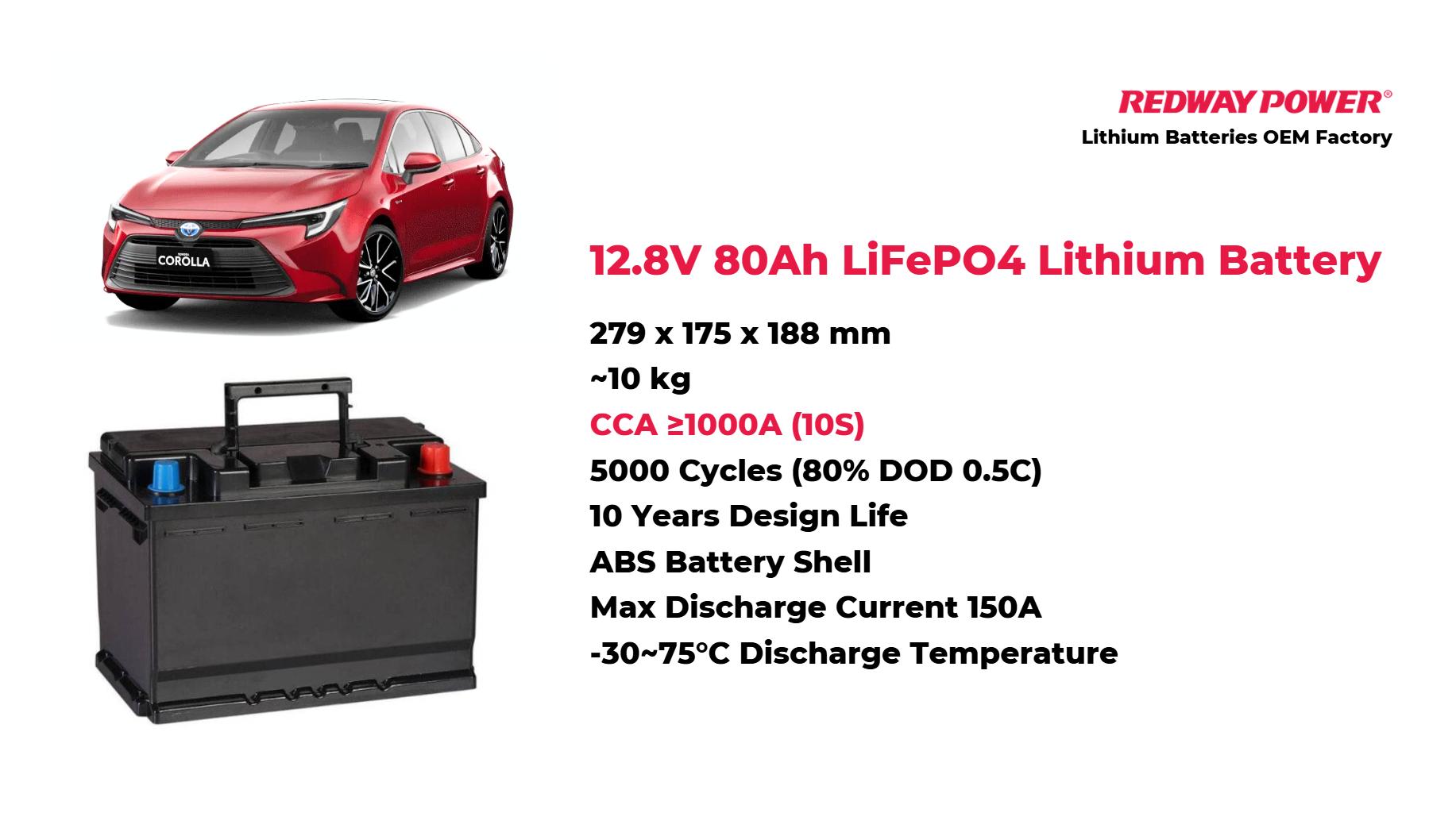
How Do You Replace Your Car Battery Efficiently and Safely?
Replacing your car battery efficiently and safely is crucial for maintaining your vehicle’s performance. With various types of batteries available, knowing how to select and install the right one can save time and prevent complications. A proper understanding of the process ensures your vehicle runs smoothly and reliably.
What types of car batteries are available for replacement?
Car batteries come in several types, each designed for specific applications:
- Lead-Acid Batteries: The most common type, used in most vehicles, consisting of lead plates submerged in sulfuric acid.
- Absorbent Glass Mat (AGM) Batteries: Ideal for vehicles with high electrical demands, AGM batteries offer superior performance and longevity.
- Enhanced Flooded Batteries (EFB): These are designed for vehicles equipped with stop-start technology, providing better cycling capabilities than standard lead-acid batteries.
- Lithium-Ion Batteries: Increasingly used in hybrid and electric vehicles due to their lightweight and high energy density.
Understanding these options helps ensure you choose the correct type that meets your vehicle’s requirements.
How can I find the right battery for my vehicle?
To find the right battery, consider these steps:
- Check Your Owner’s Manual: This will provide specifications on the correct size and type of battery.
- Use Online Tools: Many retailers offer online tools where you can enter your vehicle’s make, model, and year to find compatible batteries.
- Visit Local Auto Parts Stores: Staff can assist you in identifying the correct battery based on your vehicle’s needs.
Using these methods ensures you purchase a battery that fits properly and functions effectively.
What are the steps to remove and replace a car battery?
Replacing a car battery involves several key steps:
- Safety First: Ensure the engine is off and keys are removed from the ignition.
- Locate the Battery: Typically found in the engine compartment; consult your owner’s manual if unsure.
- Disconnect the Negative Terminal: Marked with “–” or “Neg,” use a wrench to loosen and remove it.
- Disconnect the Positive Terminal: Marked with “+” or “Pos,” repeat the process as above.
- Remove Any Hold-down Bracket: If present, this secures the battery in place; remove it carefully.
- Lift Out the Old Battery: Handle with care to avoid spilling any acid.
- Clean the Battery Tray: Remove any corrosion or debris before installing the new battery.
Following these steps will help ensure a safe and effective replacement process.
How do you reconnect a car battery safely?
To reconnect your new or old car battery:
- Position the New Battery: Place it securely in the tray.
- Connect the Positive Terminal First: Attach it to the positive terminal (+) and tighten securely.
- Connect the Negative Terminal Next: Attach it to the negative terminal (–) and tighten securely.
- Check Connections: Ensure both terminals are tight and secure before closing any covers or brackets.
This order minimizes risks associated with accidental short circuits during reconnection.
Why is regular maintenance important for car batteries?
Regular maintenance extends your car battery’s lifespan and ensures reliable performance:
- Corrosion Prevention: Regularly check terminals for corrosion, which can impede electrical flow.
- Fluid Levels: For non-sealed batteries, check electrolyte levels regularly; low levels can damage internal components.
- Performance Checks: Periodic testing can identify failing batteries before they leave you stranded.
Implementing these practices will help maintain optimal performance of your vehicle’s electrical systems.
How does the mobile battery replacement service work?
Mobile battery replacement services provide convenience by coming directly to your location:
- Booking an Appointment: Customers can schedule a time online or via phone based on their availability.
- Service Arrival: A technician arrives at your specified location equipped with necessary tools and new batteries.
- Battery Replacement: The technician removes your old battery, installs a new one, tests connections, and disposes of the old unit responsibly.
This service is especially useful for those unable to visit a garage or who prefer home convenience.
What should I consider when choosing a professional service for battery replacement?
When selecting a professional service, consider:
- Reputation: Look for reviews or ratings from previous customers to gauge reliability.
- Warranty Options: Ensure that they offer warranties on both parts and labor.
- Service Range: Check if they provide mobile services or only operate from physical locations.
Choosing a reputable provider ensures quality service and peace of mind regarding your vehicle’s maintenance.
FAQ Section
Q: How often should I replace my car battery?
A: Most car batteries last between 3 to 5 years, depending on usage and maintenance practices.Q: Can I change my car battery myself?
A: Yes, if you’re comfortable with basic automotive tasks; however, professional assistance is recommended for safety.Q: What signs indicate that my car battery needs replacing?
A: Signs include slow engine crank, dim lights, or dashboard warning lights indicating low voltage.
Industrial News
The automotive industry is increasingly focusing on sustainable practices regarding car batteries, particularly with advancements in electric vehicles (EVs). Major manufacturers are investing in lithium-ion technology due to its efficiency and lower environmental impact compared to traditional lead-acid batteries. Additionally, many retailers now offer mobile fitting services as consumer demand for convenience grows.
LiFePO4 Battery Expert Views
Dr. Sarah Thompson, an automotive energy specialist, states, “As we transition towards electric mobility, understanding different types of automotive batteries becomes essential not only for performance but also for sustainability efforts within our industry.”
